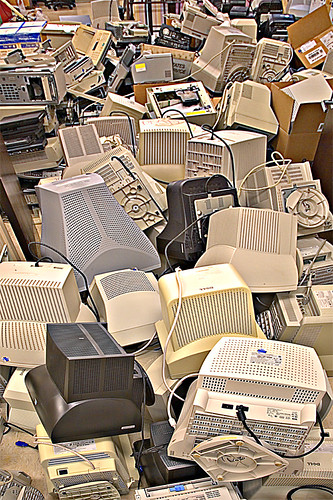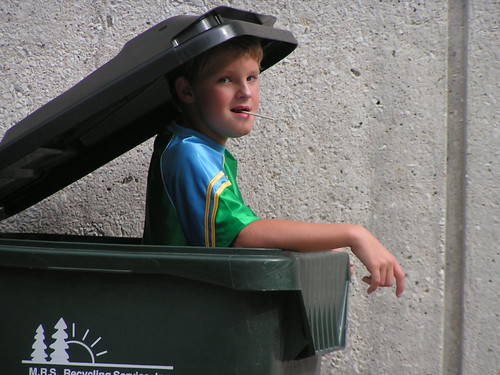
Yesterday’s post regarding visitor’s ideas about nutrition revealed that many people are curious about what exactly is in our food. What are all those chemical names on the ingredients list, what is ‘food processing’ and is it good for you? It’s your body; it makes sense to know what’s being put in it.
According to the British Nutrition Foundation, food processing “includes any action that changes or converts raw plant or animal materials into safe, edible, and more palatable foodstuffs.” Food processing even includes peeling apples. That doesn’t sound bad. What’s the fuss about? Where the concern lies is when food processing includes the addition of additives.
Advantages of additives are said to be improving the look, colour, and texture of food; extending shelf life; and helping prevent food poisoning. Disadvantages include destroying vitamins and some may be harmful to humans. For example, certain additives injected into fresh-meat are a health risk for people with kidney disease and some are linked to hyperactivity in children.
Want more information? Try Food Standard Association, World Health Organization or Truth About Food Additives?
Image: Telstar Logistic - Flickr
According to the British Nutrition Foundation, food processing “includes any action that changes or converts raw plant or animal materials into safe, edible, and more palatable foodstuffs.” Food processing even includes peeling apples. That doesn’t sound bad. What’s the fuss about? Where the concern lies is when food processing includes the addition of additives.
Advantages of additives are said to be improving the look, colour, and texture of food; extending shelf life; and helping prevent food poisoning. Disadvantages include destroying vitamins and some may be harmful to humans. For example, certain additives injected into fresh-meat are a health risk for people with kidney disease and some are linked to hyperactivity in children.
Want more information? Try Food Standard Association, World Health Organization or Truth About Food Additives?
Image: Telstar Logistic - Flickr















 Here's some science to chew on. Scientists in Illinois have developed a small, inexpensive, chip sensor or “
Here's some science to chew on. Scientists in Illinois have developed a small, inexpensive, chip sensor or “





